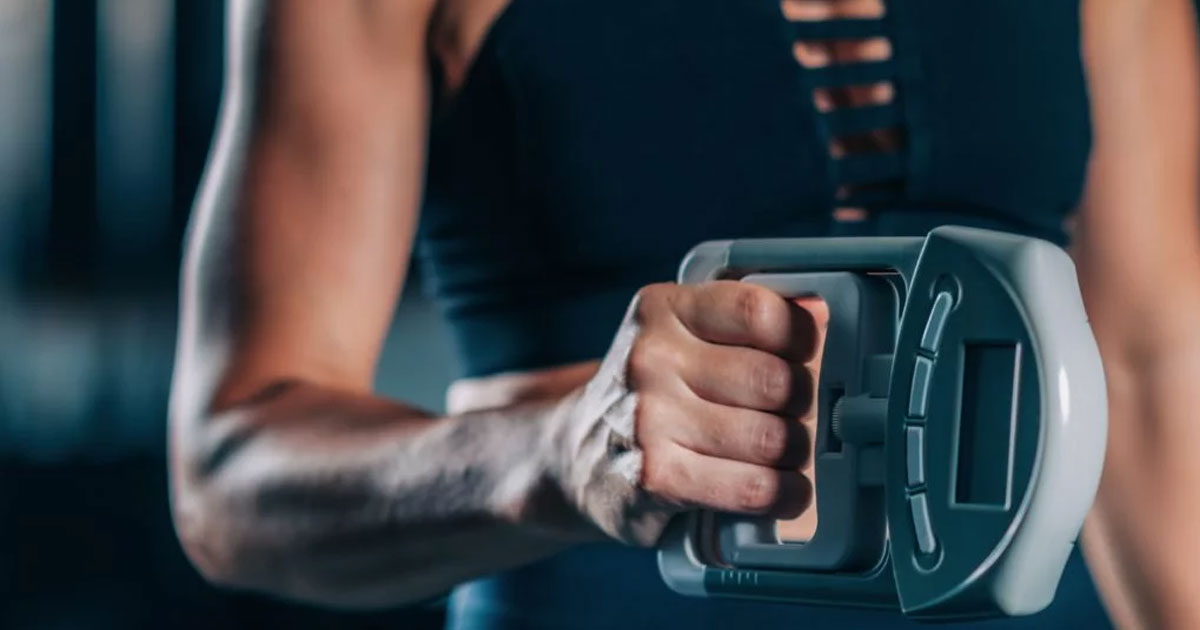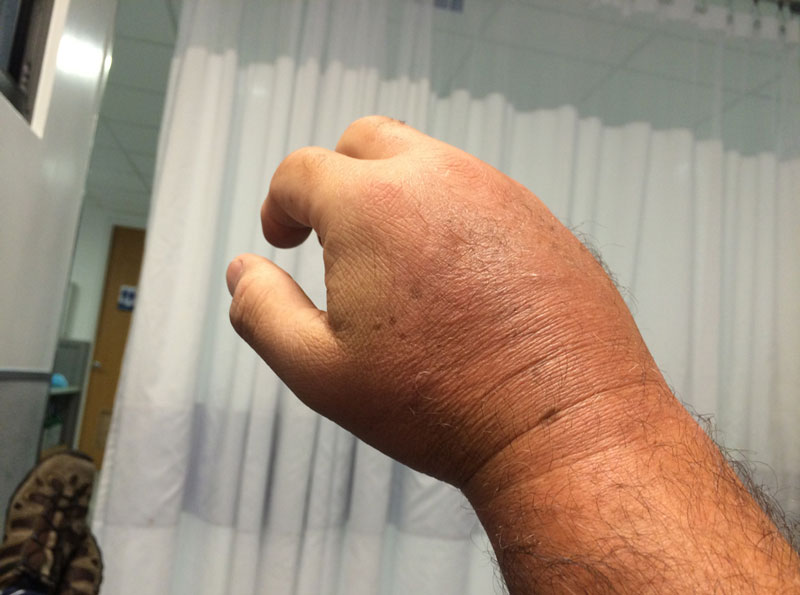
Hand Therapy and Physiotherapy
With the addition of Mason Neal - Physiotherapist to the team, we are extending our physiotherapy services to include hand therapy: a niche and not-commonly offered area of physiotherapy compared to other body parts like the back, knee, or ankle – despite the hand being the most dexterous part of the body and being important for many day-to-day activities. Mason is a physiotherapist with approaching 10 years’ experience, much of it working with shoulder-to-hand patients, and has worked with shoulder surgeons, coaches, and high level athletes returning to their sport after various upper limb injuries.
Hand Therapy, as it sounds, involves rehabilitating injury to the hand, but includes injuries form the shoulder, elbow, wrist, hand, and digits, as they all interplay with arm function, and injury to one portion can increase load or change mechanics of the arm elsewhere. Hand Therapy investigates the biomechanics and intricate loading dynamics of the hand when performing seemingly mundane tasks in the presence of injury and aims to restore function through multiple hands-on and hands-off techniques.

The most distinctive feature of the hand is its ability to grasp, pinch, hold, and carry, but there are many ways in which the ability of the hand to perform its tasks can be interfered. A lot of injuries result in either swelling to the digits or stiffness to the digits, wrist, or elbow. Swelling management and restoring movement early is an integral portion of hand therapy, as the digits can stiffen quickly when not able to bend due to fluid presence or immobilisation after surgery or a broken bone. Hands-on and hands-off techniques to mobilise and evacuate fluid are the first port of call with many hand injuries alongside pain management strategies, as presence of fluid puts pressure on structures that wouldn’t otherwise be as pressurised, like the muscles, nerves, blood vessels, and even stretching the skin which can all be pain provoking.

Not every injury will cause obvious swelling though – while crush injuries and ligament injuries can cause the hand and arm to swell, other injuries like tendinopathies and muscle strains may not have any perceptible swelling but still manifest with stiffness and pain. Overuse injuries can develop from both lifestyle factors like work and home habits, lack of sleep, and over-dominance of one side, or can be from training effects playing sport or at the gym or a sudden increase in training effort. These kinds of injuries are managed differently as the degree of injury or tissue damage is often less, however are easily aggravated by activity. Hand Therapy involves determining what factors contribute to loading and pain and how to optimise recovery without forcing full rest of the arm. Much of hand therapy is exercise based at an intensity that is suitable to the current degree of injury but evolves as improvements are made to re-introduce bigger movements, heavier weights, or more complex tasks.
Other injuries don’t allow as much active rehabilitation at the start. Fractured bones in the wrist require immobilisation in a fibreglass cast for up to six weeks before active rehab begins, at which point you encounter the previously mentioned stiffness. Fractured bones in the hand and fingers can usually be immobilised in thermoplastic splints that are less cumbersome, allowing some hand function while the injured part heals, but also usually require six weeks in the splint 24/7 before weaning out. There are also the more uncommon injuries that require prolonged progressive immobilisation in a dynamic splint made of plastic and elastic band pulleys and outriggers that provides variable tension on different joints in the finger. These complex devices are fabricated for use after surgery to the tendons of the hands to ensure that the tendons don’t tighten and cause a clawed-up hand, but also don’t stretch too early and risk re-rupturing the repaired tissue.

Once allowed to move, or once movement has restored to a certain degree, loading through the hand and arm can increase, progressing to resistance and weighted exercises. These are developed specifically for the load across different joints while considering the desired function and outcome (increased grip strength, increased pulling, or increased ring and small finger contributions to holding). Hand Therapy exercise prescription can be makeshift at times, using household objects or looking like a craft project due to the pulley design of the finger muscles moving and many of the demands of the hand in earlier stages of recovery don’t allow for use of typical handheld weights or cables.
A common pitfall in traditional physiotherapy for hand injuries is not progressing far enough with exercise intensity before finishing rehab. While not the sole reason for re-injury, finishing rehab early or not progressing to an adequate level of strength can increase the risk of injury when returning to higher level activity due to either the muscles or tendons not being acclimatised to the demands, the bones and joints not adequately exposed to the load demands, or indirect factors like sleep, diet, and psychological readiness not being well monitored in the later stages of rehab.
Hand Therapy encompasses a multitude of conditions that Mason can treat with the approaches described above, and more depending on the person, the injury, and the goals. Some of both the common and uncommon injuries that Mason can assist treating include:
- Rotator Cuff tears and repairs
- Shoulder instability, and stabilisation surgery
- Frozen Shoulder / Adhesive Capsulitis including Distension Arthrography
- Carpal and Cubital Tunnel Syndrome
- Tennis and Golfers Elbow (Lateral / Medial Elbow Tendinopathies)
- Biceps and Triceps Tendinopathies
- Biceps, Triceps, and Pectoral rupture
- Posterior Interosseus Nerve Entrapment
- DeQuervain’s Tenosynovitis and Intersection Syndrome
- TFCC (Triangular Fibrocartilage Complex) and Ulnocarpal Injuries
- Distal Humerus fractures
- Proximal and Distal Radius / Ulna fractures
- Carpal, Metacarpal, and Phalangeal fractures
- Scapholunate Ligament Insufficiency and Scapholunate Advanced Collapse
- Tendon Zone injuries and surgical repair
- Trapezoidometacarpal Arthritis and Trapeziectomies
- Burns (in the subacute phase following Burns Unit discharge)
- CRPS (Complex Regional Pain Syndrome) and nociplastic pain
- Hemiplegic hands and changes following SCIs or ABIs / TBIs
If you have experienced an injury or pain from the shoulder-to-hand pain, or are having difficulty returning to sport or higher-level activity, feel free to contact us or book online for an assessment today.